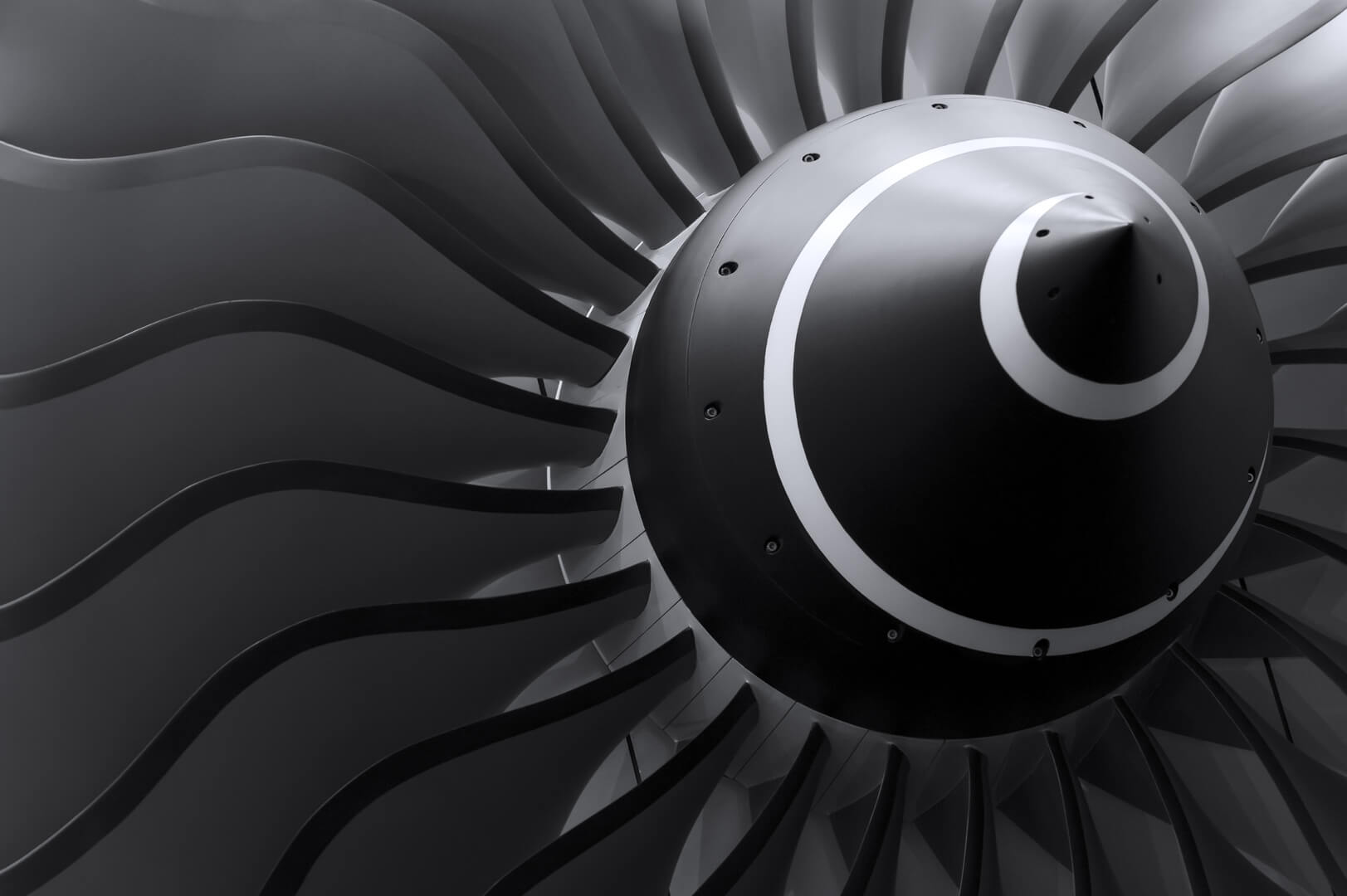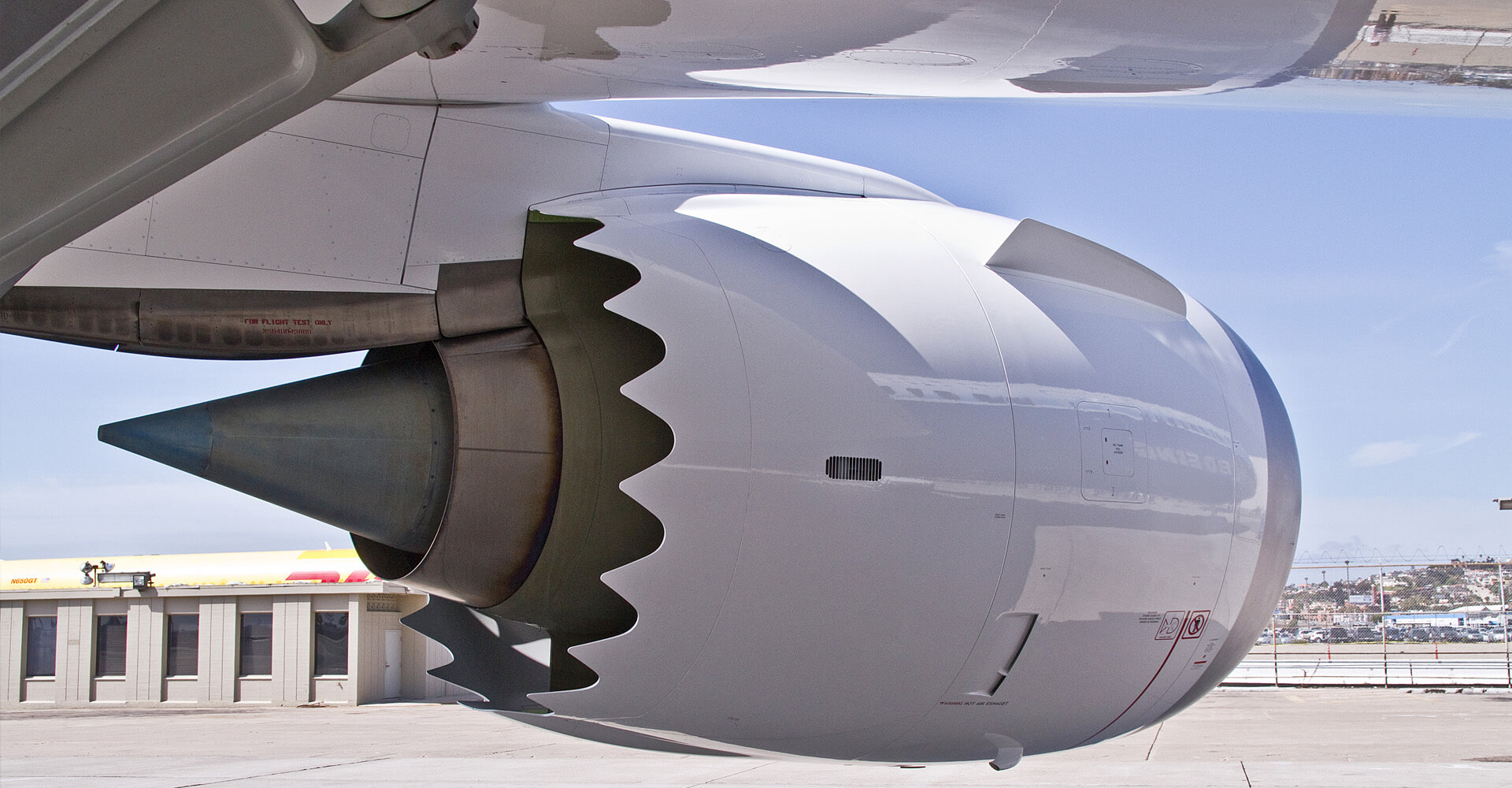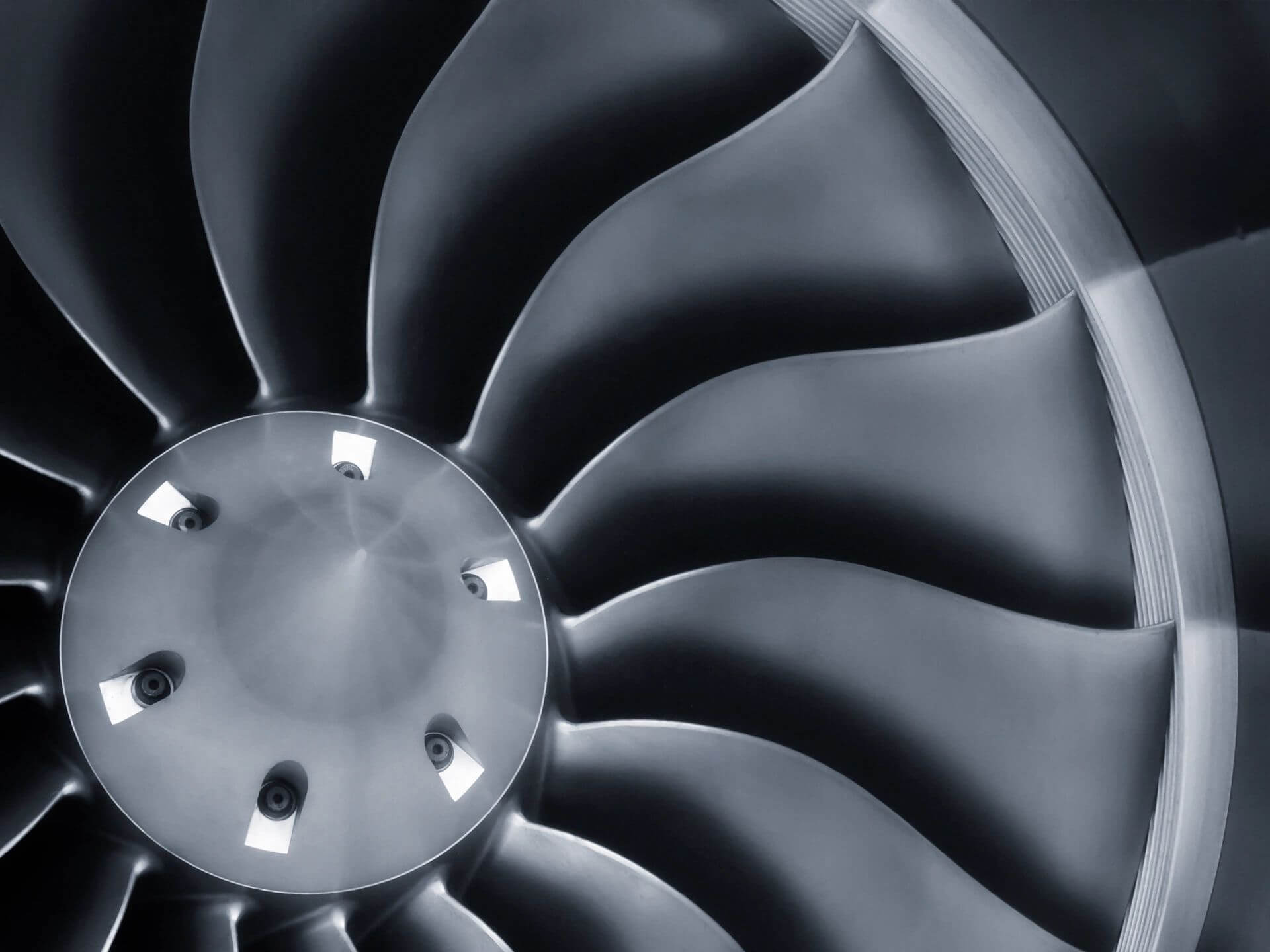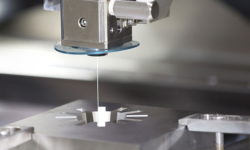From the earliest days of additive manufacturing, providers of 3D printing hardware and materials have identified the aerospace industry as an important target for their products. Aircraft, as highly complex systems with a diverse array of parts, stand to benefit from cutting-edge developments in production tools and materials, especially those that can reduce the weight or increase the strength of components. Some 3D printing processes claim to do both.
Unfortunately, that doesn’t mean that aerospace has adopted additive manufacturing faster than other industries. In fact, since aircraft and their myriad components must — for obvious reasons — undergo the most rigorous certification and testing procedures, it can actually take years or decades for a 3D printed aerospace component to go from concept to implementation. The technology is there, but the knowledge that comes from years of testing and observation is not. It is therefore much easier to implement additive manufacturing in low-risk industries where fewer lives are at stake.
But while implementation of 3D printed aerospace products can be slow, the parts that have made the grade are already having a major impact on the industry. From simple things like 3D printed interior cabin walls, to absolutely critical parts like additively manufactured metal engine components, AM is undoubtedly beginning to take off in one of the world’s most lucrative and fast-paced industries.
This article outlines just some of the ways that AM is, and will be, used in the aerospace industry.
Light-weighting & Strength Optimization
Additive manufacturing and subtractive manufacturing differ in many ways, and the choice between 3D printing and traditional alternatives often presents a dilemma. However, one of the key differences between the two approaches is their respective abilities to shape the interior geometry of a part.
3D printing is incredibly useful in industries like aerospace because it allows engineers to fabricate components with partially hollow interiors that utilize complex geometric patterns to maximize their internal strength without adding weight. Since 3D printers build parts from the “bottom up,” they can be used to create lattice-like structures within parts like metal engine components or plastic cabin partitions. It would be impossible to do this using traditional processes like molding (because the liquid material fills the entire cavity) or machining (because the cutting tool cannot reach the interior without penetrating the exterior).
It is hard to overstate the importance of these lattice structures. When building an aircraft, every gram of weight is an obstacle to maximum efficiency, but 3D printing makes it possible to significantly reduce the mass of a component by building it with a partially hollow, lattice-structured interior. The weaving, sinewy threads of the lattice can be arranged in a mathematically optimized manner to maximize strength and reduce stress, ensuring that the lightweight part is just as strong as — if not stronger than — a fully solid alternative. More importantly, the space between those threads is weightless, meaning the overall mass of the part is reduced.
There are many examples of aerospace companies using 3D printing to create lightweight parts. In 2011, researchers at Boeing-owned HRL Laboratories announced the development of a metal they believed to be the “world’s lightest material,” whose density of just 0.9 mg/cc made it around 100 times lighter than Styrofoam. “The trick is to fabricate a lattice of interconnected hollow tubes with a wall thickness of 100 nanometers, 1,000 times thinner than a human hair,” explained Tobias Schaedler, one of the researchers.
As researchers continue to explore the possibilities of lightweight 3D printed lattice structures, aerospace companies will become more and more involved with additive manufacturing for the purpose of light-weighting and strength optimization.
Prototypes & Spares
One of the biggest advantages of additive manufacturing — in any industry — is its ability to make parts on demand and in-house. 3D printers can be set up anywhere and can operate largely autonomously, which means lead times for 3D printed parts are very short. Because of this, aerospace companies are able to quickly fabricate new iterations of a part for immediate testing, ultimately shortening the R&D process and allowing parts to be completed sooner.
Faster prototyping is, therefore, one of the main uses for additive manufacturing in aerospace, and the results have been proven: according to additive manufacturing giant Stratasys, use of in-house 3D printing for aerospace prototypes can result in time savings of around 43% when compared to injection molding and CNC tooling and around 75% when compared to 2D laser cutting.
Another area in which aerospace stands to benefit from additive manufacturing is the maintenance of inventory. The average commercial aircraft is made up of around 4 million components, not all of which are made by the same manufacturers. This means aircraft suppliers have to keep a huge inventory of spare parts in case a plane needs repairing. Buying those spare parts comes at a major cost, as does acquiring the real estate to store them all.
3D printers can provide an incredibly helpful solution in this area. By keeping a 3D printer on site, aerospace companies can — instead of filling giant warehouses with millions of expensive spare parts — simply keep a digital library of spare parts in a printable format such as STL. In this way, the companies can 3D print the parts only when needed. This tactic of using digital spare parts libraries is gradually being adopted across many industries and will take decades to be implemented on a major scale, but aerospace could be one of the biggest beneficiaries.
3ERP has years of experience creating prototype parts for clients in aerospace and other industries. Get in touch for a fast quote on any project.









